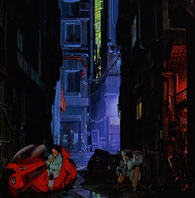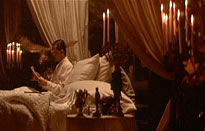
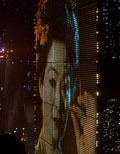
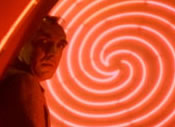
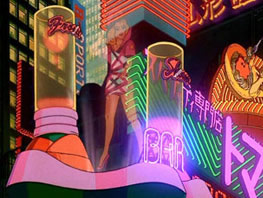
Germany’s great city of light darkened, day after day, until its streets are a pitch black again. Thus, the great gift of light came to represent government control, and the demise of uncontrolled modern technology. On the other end of the spectrum, light represented the irreverent force of nature. After WWII, filmmakers had to utilize natural light once again due to budget constraints. They looked for the “right” light. This spawned new techniques of shooting with natural light, where white surfaces were used as a reflecting plane to create a soft overall look. This also liberated the direction of a shot in real locations. Natural light also became synonymous with geographical locations, which is especially unique in Europe: from the bright Mediterranean sun in the south, to the vast and icy Nordic sky. ![]() The city of London also presented an interesting combination of weather, pollution, and overcast skies. This period of light experiments formed the basis from which dystopic cinematography draws.
The city of London also presented an interesting combination of weather, pollution, and overcast skies. This period of light experiments formed the basis from which dystopic cinematography draws.
In 1950, Kodak invented the colour film. This new media required a completely new set of techniques to achieve the established lighting conventions. Its possibilities blossomed in the late 1970s and 1980s. Inventions such as the HMI and the Xenon lights improved location shooting since they can create very hard-edged beams. The colour of light was explored, multiplying its already powerful transformative effects on a set. Candle light’s yellow tones add warmth, ![]() while fluorescent’s blue-green light heightened the cold urban environments of Ridley Scott’s Blade Runner. By the 90s, a myriad of techniques led to the possibility of rich dark hues which were not possible before. This new form of dark coloured filming was branded “colour noir”. Techniques used to create the colour noirs of the 90s included: colour gels on lights, filters on cameras, laboratory techniques for developing negatives, and digital colorization. Before this leap in cinema technology, colour noir was achieved in animation. Without the limitations of light sensitivity and other such issue, Otomo created his version of coloured shadows with traditional hand painted cell animation by using an exceptional palette of over 300 colours.
while fluorescent’s blue-green light heightened the cold urban environments of Ridley Scott’s Blade Runner. By the 90s, a myriad of techniques led to the possibility of rich dark hues which were not possible before. This new form of dark coloured filming was branded “colour noir”. Techniques used to create the colour noirs of the 90s included: colour gels on lights, filters on cameras, laboratory techniques for developing negatives, and digital colorization. Before this leap in cinema technology, colour noir was achieved in animation. Without the limitations of light sensitivity and other such issue, Otomo created his version of coloured shadows with traditional hand painted cell animation by using an exceptional palette of over 300 colours.
